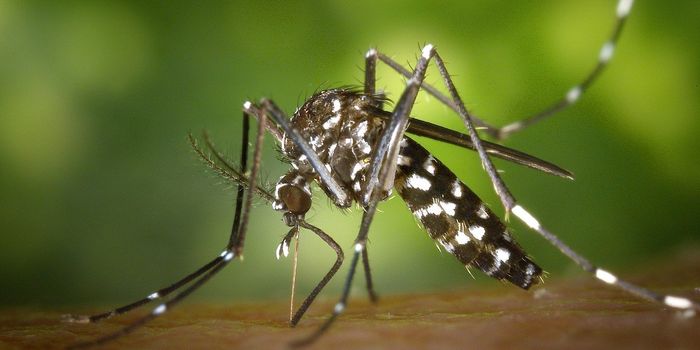Crows Recorded on Video Making Their Own Tools for Hunting
For ages, humans and our ancestors have used tools to make hunting and gathering easier, and it was once thought that humans were among the only animals in the wild to harness this kind of ability, but in a recent experiment, scientists have recorded New Caledonian Crows making their own tools to make catching food easier on them as well.
University of Exeter’s Dr. Jolyon Troscianko and University of St. Andrews’ Dr. Christian Rutz were the brains behind the experiment.
"While fieldworkers had previously obtained brief glimpses of hooked stick tool manufacture, the only video footage to date came from baited feeding sites, where tool raw materials and probing tasks had been provided to crows by scientists,” Troscianko said. “We were keen to get close-up video of birds making these tools under completely natural conditions."

The tools, which are incredibly uncomplicated, are hooked twigs or branches that the crows used to scavenge grubs and other kinds of food from rotting wood. The crows have actually chosen branches that are hook-shaped, unique for the job at hand, and have plucked off unwanted leaves that would otherwise get in the way.
Scientists recorded the crows that were using the hook-shaped twigs and branches to pluck bugs from trees by strapping special cameras with bio-degradable rubber to the back feathers of the birds such that the camera would display what was going on in front of the bird by peering in between the legs.
This gave scientists a good view of how the tools were used, and the bio-degradable rubber allowed the cameras to safely leave the bird after recording was finished without harming the bird in any way shape or form.
The scientists noted that crows in captivity were more likely to become handy with their surrounding environment than crows in the wild are, and that the tools were particularly valuable to the crows in that they would re-use them instead of getting rid of them when finished with them.
Because crows are relatively sensitive to disturbances, the only way the scientists were able to observe this behavior was from afar and with the cameras. They’re less likely to do interesting things when people are in the vicinity.
This level of intelligence and behavior, not often seen in wild animals, definitely makes you wonder how other animals think, especially when it comes to getting food for survival.
Source: Biology Letters








